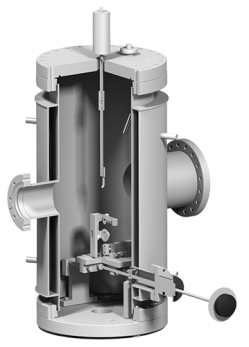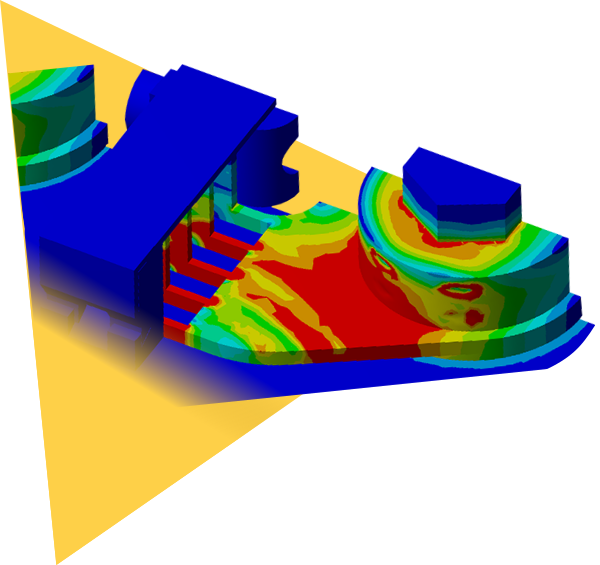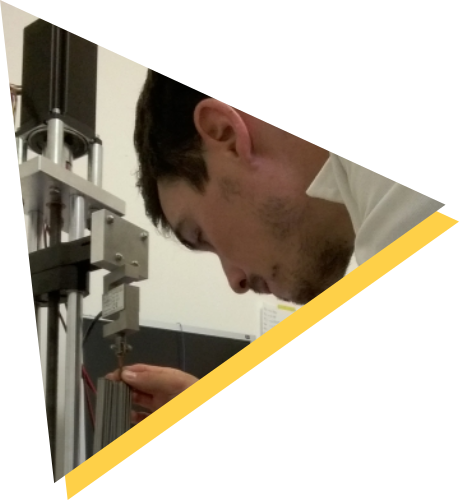
GEMS ENGINEERING LTD.
is an engineering SME specialized for the R&D market and offering innovative engineering and managerial solutions for projects involving substantial amounts of human expertise. We are supplying solutions covering the whole development process: from conceptual through final designs up-to prototype manufacturing, testing and installation of the final product.
Learn more...






